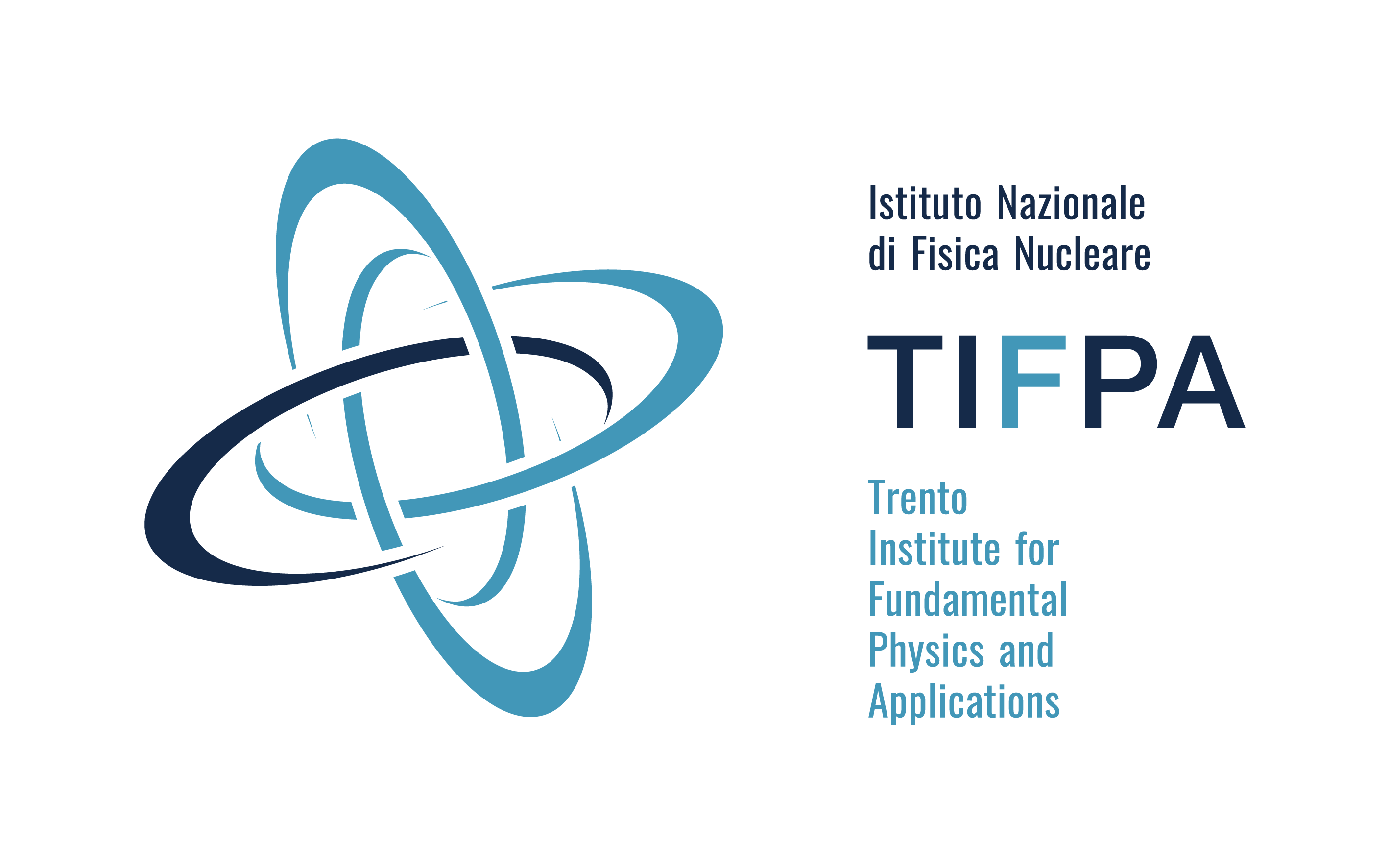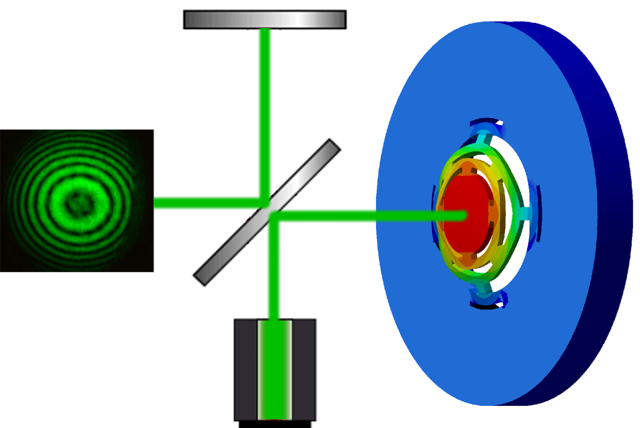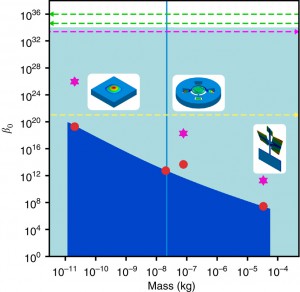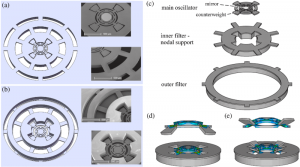HUMOR - Heisenberg Uncertainty Measured with Opto-mechanical Resonators
A minimal observable length, at least as small as the Planck length (10-35 m) is a common feature of theories that aim to merge quantum physics and gravity. HUMOR is the first experiment devoted to the design and development of a completely new way of probing space-time at extremely low dimensions.






